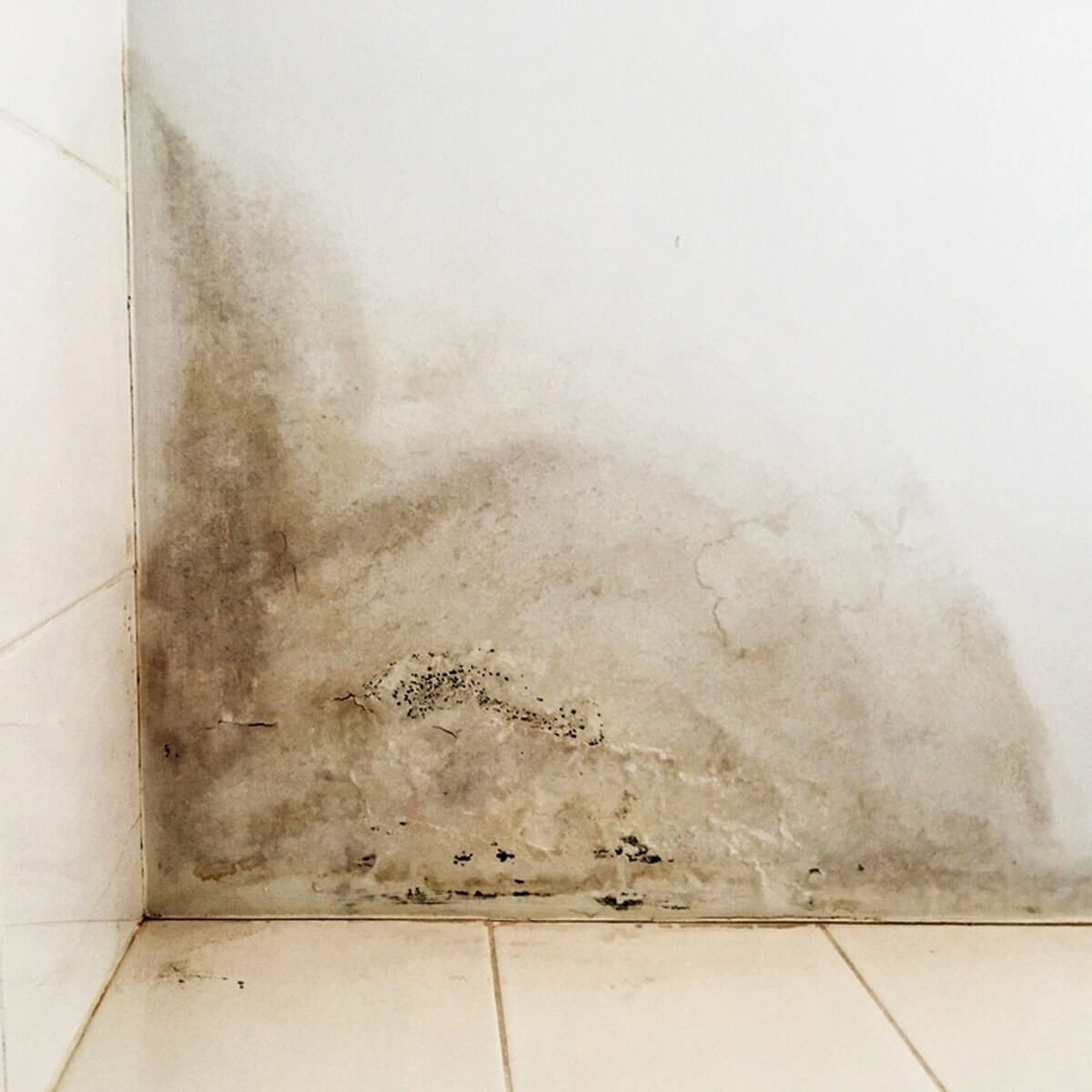Do's & Don'ts of Water Damages.
Do's & Don'ts of Water Damages.
Blog Article
What're your opinions with regards to Fire And Water Damage Prevention?

Water gives life, water intrusion on components where it's not expected to be can result in damages. Residences with water damages smell old and mildewy.
Water can come from many resources such as tropical cyclones, floods, burst pipes, leakages, and also sewer concerns. In case you experience water damages, it would be great to know some safety and security preventative measures. Here are a few guidelines on how to manage water damage.
Do Prioritize Home Insurance Coverage Coverage
Water damages from flood dues to hefty winds is seasonal. Nonetheless, you can likewise experience a sudden flooding when a defective pipe suddenly bursts right into your home. It would be best to have house insurance coverage that covers both acts of God such as natural catastrophes, and emergencies like busted plumbing.
Don't Neglect to Turn Off Energies
In case of a disaster, especially if you reside in a flood-prone area, it would certainly be recommended to turn off the primary electric circuit. This removes power to your entire house, avoiding electrical shocks when water is available in as it is a conductor. Furthermore, don't forget to turn off the main water line shutoff. Furnishings will relocate around as well as cause damages when floodwaters are high. Having the primary shutoff shut down prevents additional damage.
Do Remain Proactive as well as Heed Climate Signals
Storm floods can be very uncertain. Remain ready and proactive if there is a history of flooding in your area. Pay attention to emptying cautions if you live near a river, lake, or creek . Get valuables from the very beginning and also cellar, after that put them on the greatest feasible level. Doing so reduces prospective home damage.
Do Not Overlook the Roof
You can prevent rain damages if there are no holes and also leakages in your roofing system. This will certainly stop water from streaming down your wall surfaces as well as saturating your ceiling.
Do Take Notice Of Little Leaks
A burst pipeline does not take place overnight. Usually, there are red flags that suggest you have actually deteriorated pipelines in your house. You may observe bubbling paint, peeling wallpaper, water streaks, water discolorations, or leaking audios behind the wall surfaces. At some point, this pipe will break. Preferably, you must not wait for points to intensify. Have your plumbing fixed before it leads to massive damage.
Don't Panic in Case of a Ruptured Pipe
Keeping your presence of mind is essential in a time of situation. Since it will stifle you from acting fast, stressing will only worsen the issue. When it involves water damages, timing is vital. The longer you wait, the more damage you can expect. Thus, if a pipe bursts in your house, quickly turned off your primary water shutoff to cut off the source. Disconnect all electric outlets in the location or turn off the circuit breaker for that part of the house. Ultimately, call a credible water damage remediation specialist for aid.
Water offers life, water invasion on components where it's not expected to be can result in damage. Homes with water damage smell old and moldy.
Water damage from flooding fees to hefty winds is seasonal. You may observe gurgling paint, peeling wallpaper, water touches, water stains, or trickling noises behind the walls. When it comes to water damages, timing is crucial.
Some Do's & Don't When Dealing with a Water Damage
DO:
Make sure the water source has been eliminated. Contact a plumber if needed. Turn off circuit breakers supplying electricity to wet areas and unplug any electronics that are on wet carpet or surfaces Remove small furniture items Remove as much excess water as possible by mopping or blotting; Use WHITE towels to blot wet carpeting Wipe water from wooden furniture after removing anything on it Remove and prop up wet upholstery cushions for even drying (check for any bleeding) Pin up curtains or furniture skirts if needed Place aluminum foil, saucers or wood blocks between furniture legs and wet carpet Turn on air conditioning for maximum drying in winter and open windows in the summer Open any drawers and cabinets affected for complete drying but do not force them open Remove any valuable art objects or paintings to a safe, dry place Open any suitcases or luggage that may have been affected to dry, preferably in sunlight Hang any fur or leather goods to dry at room temperature Punch small holes in sagging ceilings to relieve trapped water (don't forget to place pans beneath!); however, if the ceiling is sagging extremely low, stay out of the room and we'll take care of it DO NOT:
Leave wet fabrics in place; dry them as soon as possible Leave books, magazines or any other colored items on wet carpets or floor Use your household vacuum to remove water Use TV's or other electronics/appliances while standing on wet carpets or floors; especially not on wet concrete floors Turn on ceiling fixtures if the ceiling is wet Turn your heat up, unless instructed otherwise

As a devoted person who reads on Simple Solutions To Preventing Fire And Water Damage To Your Home, I imagined sharing that excerpt was valuable. Are you aware of somebody who is interested in the subject? Take a moment to promote it. Kudos for your time. Please check our site back soon.
Report this page